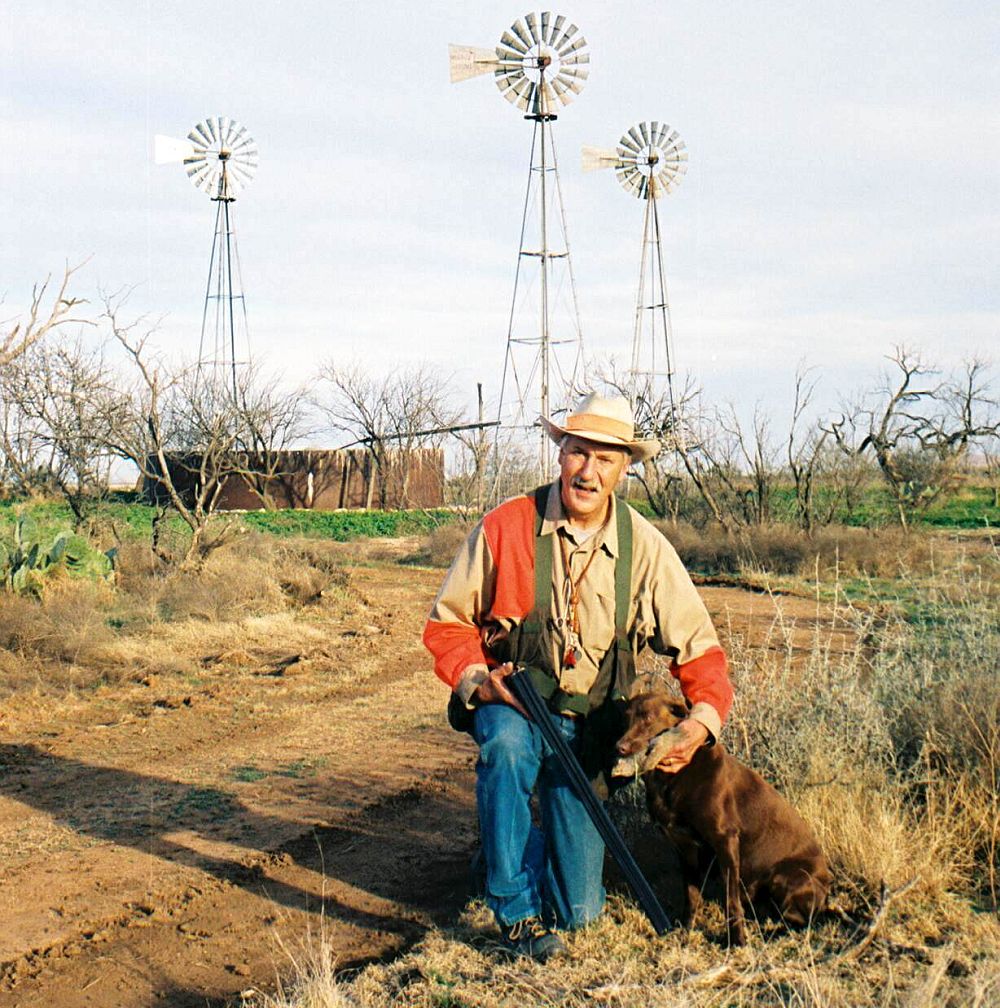
Podcasts – Dr. Dale on Quail If you’re a golfer, a reference to the Augusta National means it just can’t get much better. If you’re a quail hunter, the same…

Podcasts – Dr. Dale on Quail If you’re a golfer, a reference to the Augusta National means it just can’t get much better. If you’re a quail hunter, the same…
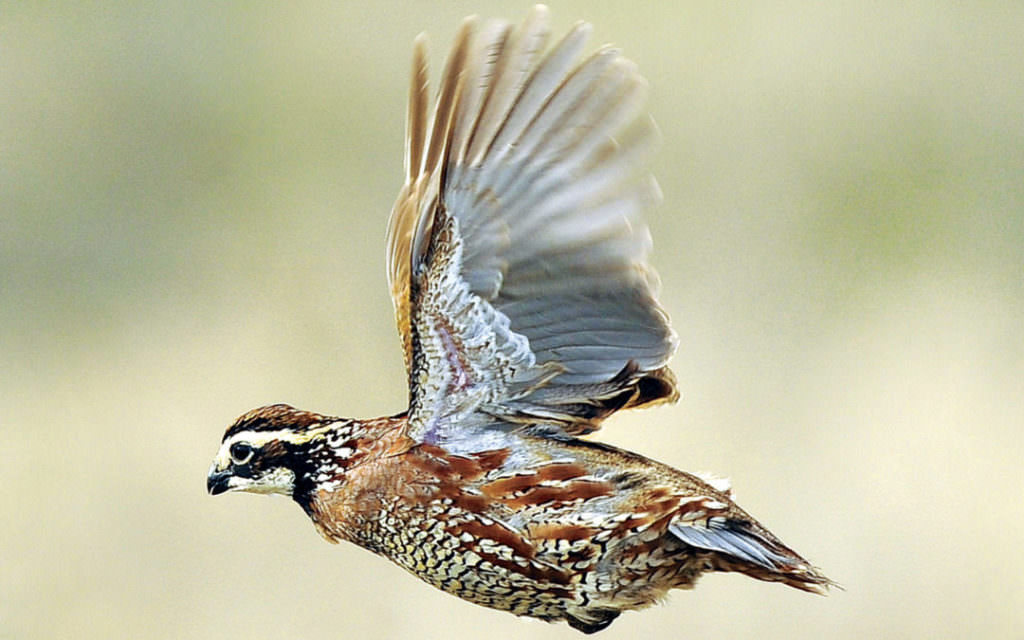
by Emily Vincik, John Palarski, and Brad Kubecka Quail feathers are not often discussed, but are essential in survival and provide a benefit to managers/researchers for determining age. The feathers…
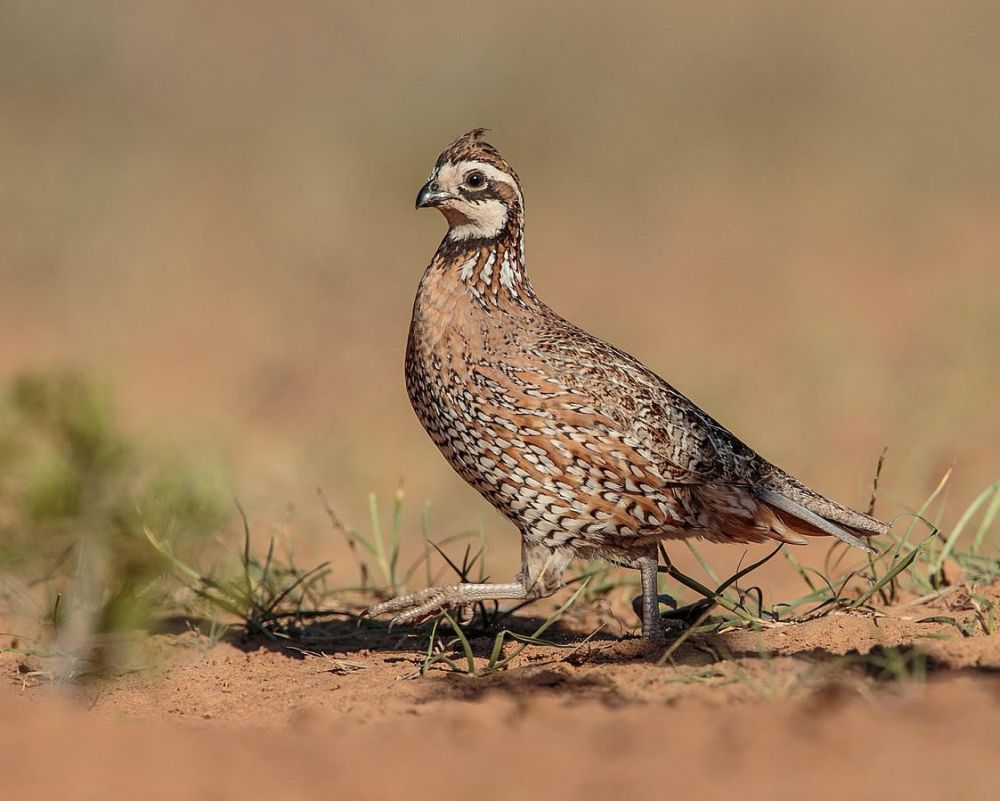
Last month we conducted our annual roadside counts at RPQRR. The survey consists of 4 observers counting all quail seen along a 19.2 mile transect. The transect is broken into…
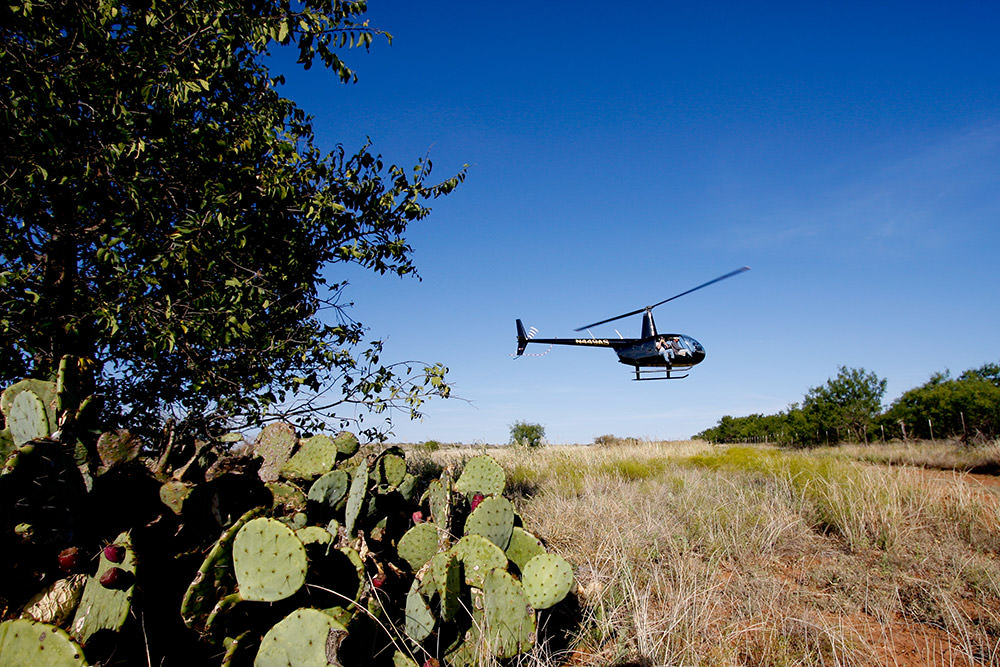
by Daniel King Our topic this month is prickly pear management. I will start this off by saying that, despite what some folks may think, prickly pear is not inherently…
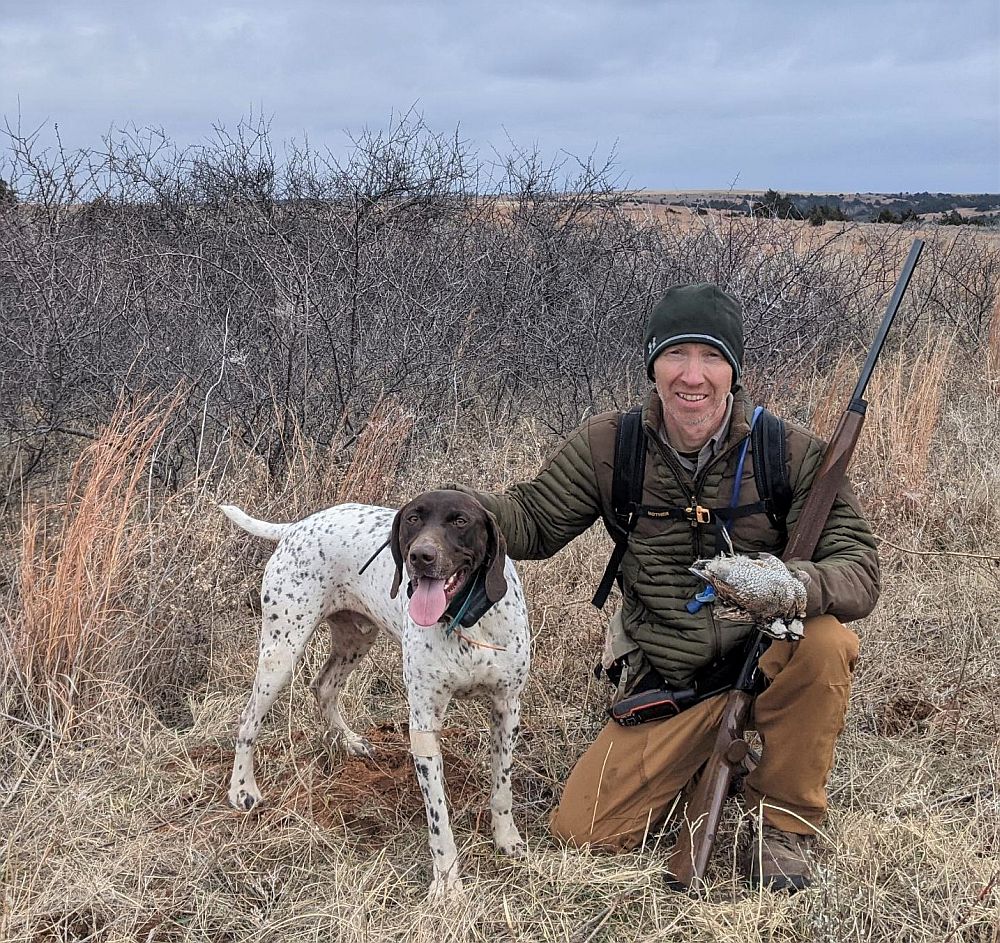
Podcasts – Dr. Dale on Quail Dr. Rollins’ guest this month is his colleague Dr. Dwayne Elmore from Oklahoma State University. Join them as they discuss quail happenings north of…

by Dale Rollins September 1st may be heralded as the start of Texas’ dove season, but for “Students of Quail” it also marks the unveiling of the RPQRF’s forecast for the…
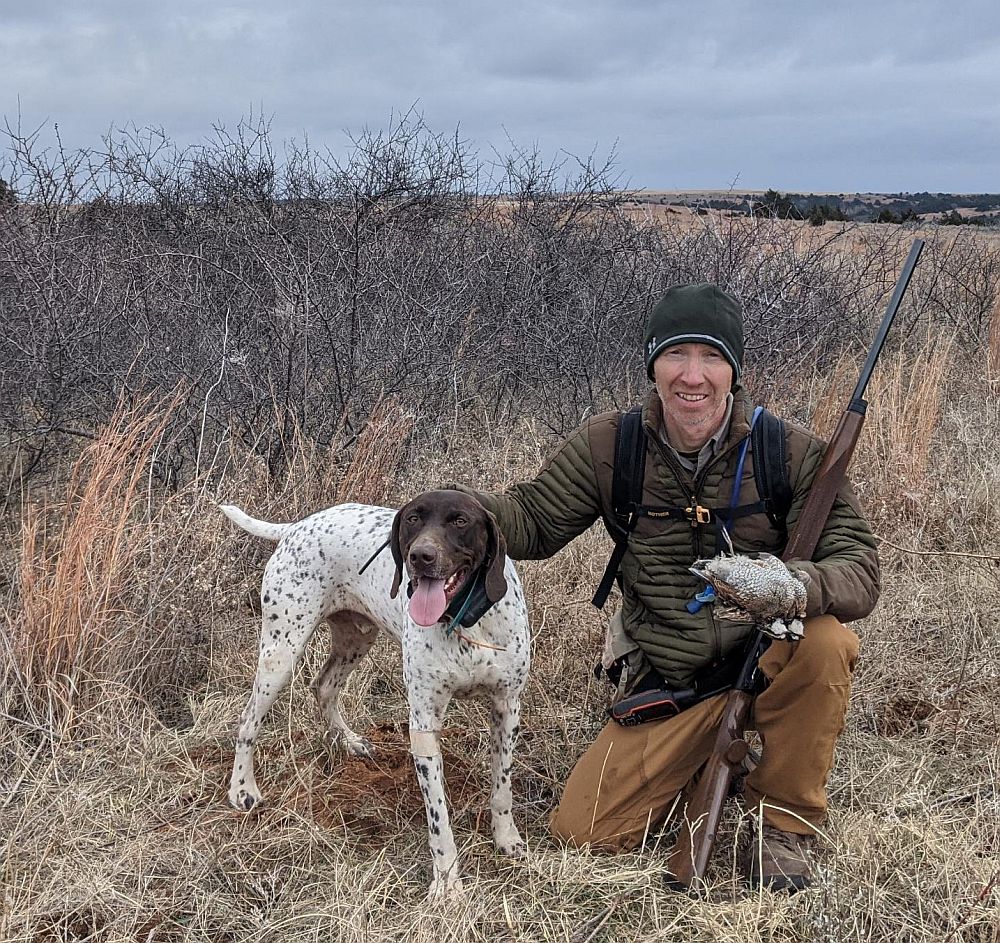
Please welcome our newest Board member, Dr. Dwayne Elmore. Dr. Elmore is a Professor, Wildlife Extension Specialist, and Bollenbach Chair in Wildlife Biology in the Department of Natural Resource Ecology…
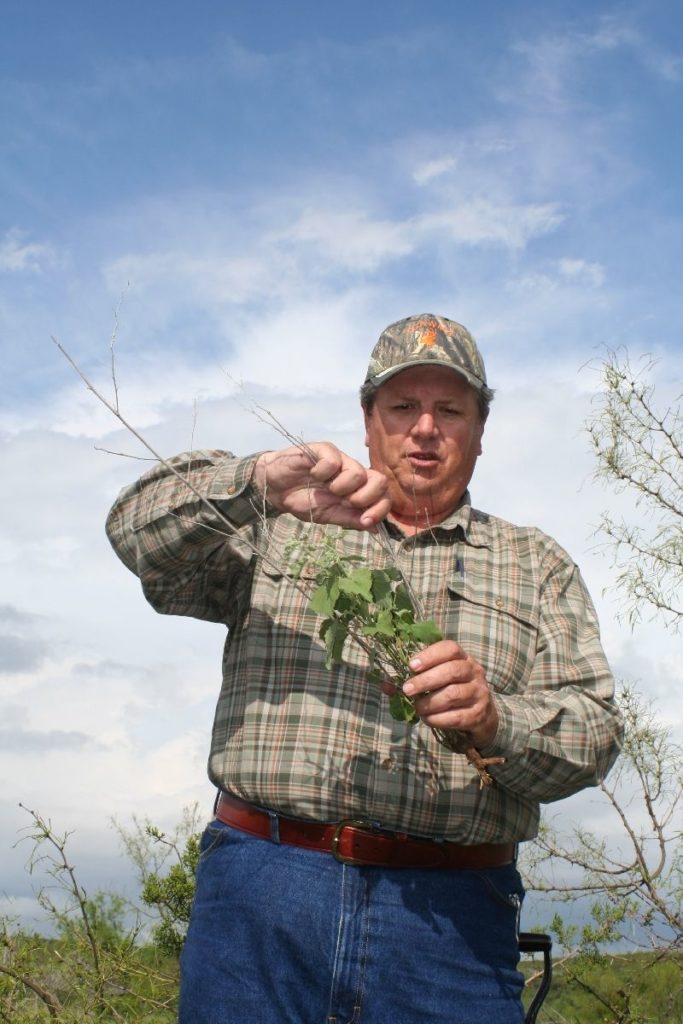
Podcasts – Dr. Dale on Quail “If I have seen further than others it is because I was standing on the shoulders of giants.” – Sir Isaac Newton Some giants…
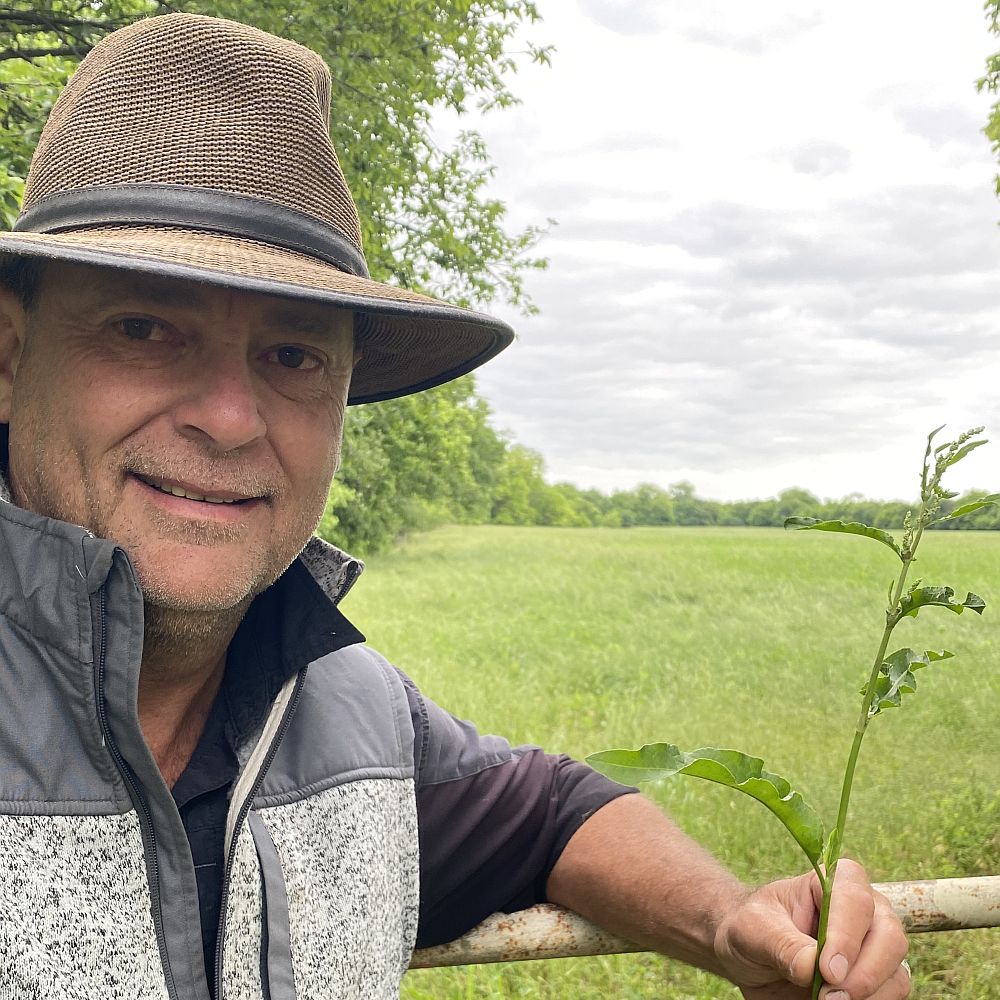
Podcasts – Dr. Dale on Quail This month’s guest is Mr. Pen DeVries, a native of Zimbabwe (formerly Rhodesia). DeVries spent his formative years on a 30,000-acre game reserve in…
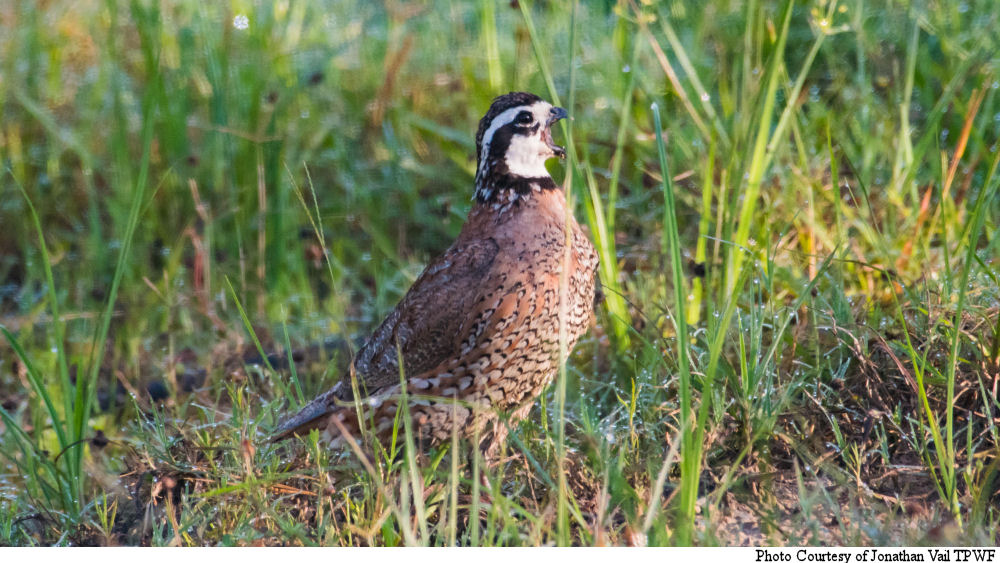
In our third year of translocation, we are seeking to better understand differences in demographic rates of bobwhite translocated to northcentral Texas (near Stephenville) from two distinct source populations. One…
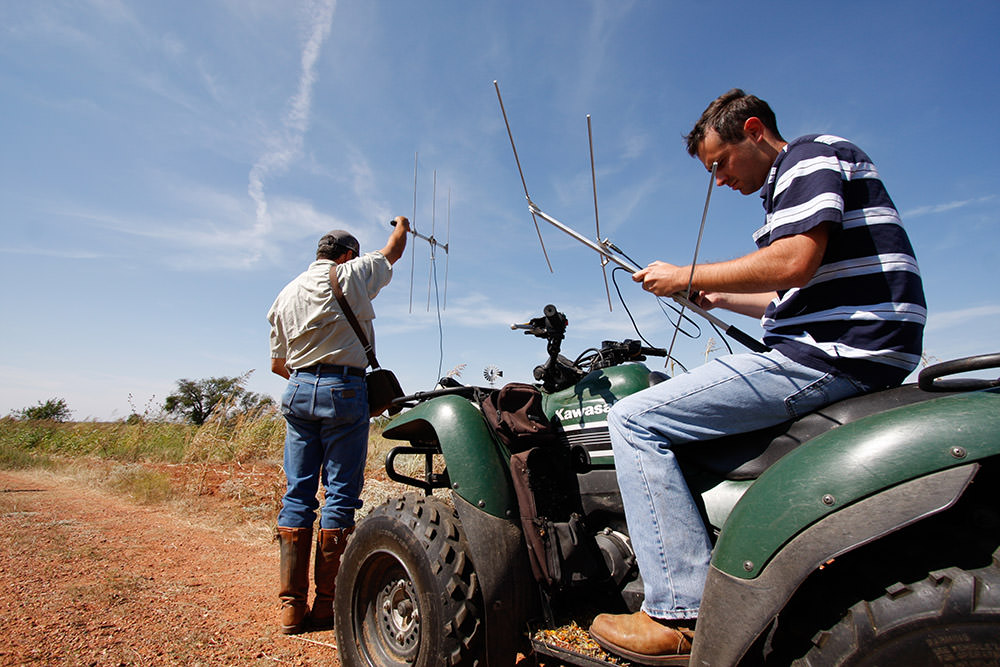
by Becky Ruzicka The ability to radio-collar and track quail via telemetry is arguably the most valuable tool available to a quail researcher. Telemetry provides us with rich datasets on…

by Daniel King As temperatures in the Rolling Plains climb into the triple digits, this month’s Manager’s Minute is about supplemental water. Given the correlation of quail production and rainfall,…